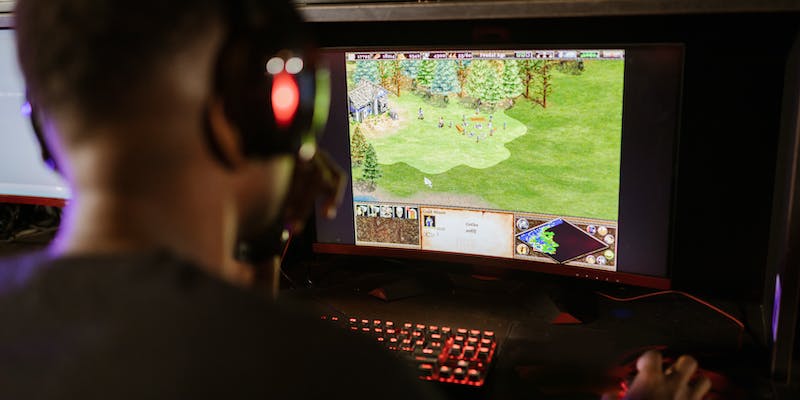AMD has recently unveiled a new iteration of its FidelityFX Super Resolution (FSR) feature, bringing a significant boost to frame rates. Not only that, but AMD has also made the technology open source, allowing game developers and modders alike to integrate it into their projects. This move showcases AMD’s commitment to advancing its DLSS rival and closing the performance gap with Nvidia’s technology.
Enhancements in FSR 3.0.3
With the release of FSR 3.0.3, AMD has introduced several notable enhancements. One of the key improvements is better performance when using V-Sync on high refresh rate monitors. This results in smoother gameplay and reduced screen tearing. Additionally, the overall quality has been enhanced, ensuring a more visually appealing experience for gamers.
“Avatar: Frontiers of Pandora” supports FSR 3
The highly anticipated game, Avatar: Frontiers of Pandora, is among the first titles to support FSR 3. By incorporating this technology, the game offers players improved performance and a heightened visual experience. Initial reports suggest that FSR 3 significantly outperforms its predecessors in Avatar, marking a substantial leap in performance.
Comparison with Earlier Versions and DLSS
Anecdotal observations indicate that FSR 3 initially fell short in terms of performance when compared to DLSS 3, as well as earlier versions of FSR, in some games. However, the enhancements in Avatar prove that AMD is closing the gap and rapidly catching up with Nvidia’s DLSS technology. This progress is encouraging as it indicates that performance and visual quality will continue to improve as FSR evolves.
AMD Catching Up with Nvidia
AMD’s advancements in the GPU space are not going unnoticed. The tech community is acknowledging the fact that AMD is genuinely closing in on its rival, Nvidia. With each iteration of FSR, AMD is making significant strides towards matching the performance and quality standards set by DLSS. This competition is driving innovation and benefiting gamers on both sides of the aisle.
Benefits of Open-Source Technology
One of the most significant advantages of AMD’s decision to make FSR open source is the potential for collaborative development. By allowing any game developer to integrate FSR into their projects, AMD is fostering an environment of innovation and openness. This move also enables modders to incorporate FSR support unofficially, expanding the accessibility of this technology to a broader range of games.
Expanded availability for game developers
The transition from FSR 2 to FSR 3 is relatively seamless, making it easier for game developers to adopt the latest version. Any game developer can now include FSR 3 support in their games, further broadening its reach. This increased availability ensures that more gamers will benefit from the improved frame rates and visual quality that FSR brings to the table.
Potential for Unofficial Support from Modders
Thanks to the open-source nature of FSR, modders can take on the task of integrating FSR 3 support into games that do not officially support it. This community-driven effort can unlock the potential for FSR 3 in a myriad of games, expanding its reach even further. In the spirit of collaboration, modders can contribute to the development of FSR technology and provide support to games that might have otherwise missed out on this enhancement.
Future prospects with open-sourcing FSR 3
By embracing the open-source approach, AMD has ensured that FSR 3 will receive greater support, both officially and unofficially. Game developers are now more likely to incorporate FSR 3 into their projects due to its accessibility and potential for community-driven improvements. This move will undoubtedly lead to a wider range of games utilizing FSR 3, resulting in enhanced gaming experiences across the board.
AMD’s release of FSR 3 and its decision to make it open source are significant milestones in the company’s pursuit to catch up with Nvidia’s technology. With enhancements in performance, visual quality, and expanded availability, FSR is becoming a viable alternative to DLSS. The competition between the two GPU giants drives innovation and ultimately benefits gamers with improved frame rates and graphics. AMD’s commitment to openness and collaboration is encouraging, as it showcases a willingness to embrace community-driven advancements. As FSR continues to evolve, it is clear that AMD is on the path to narrowing the gap and solidifying its position in the gaming industry.

